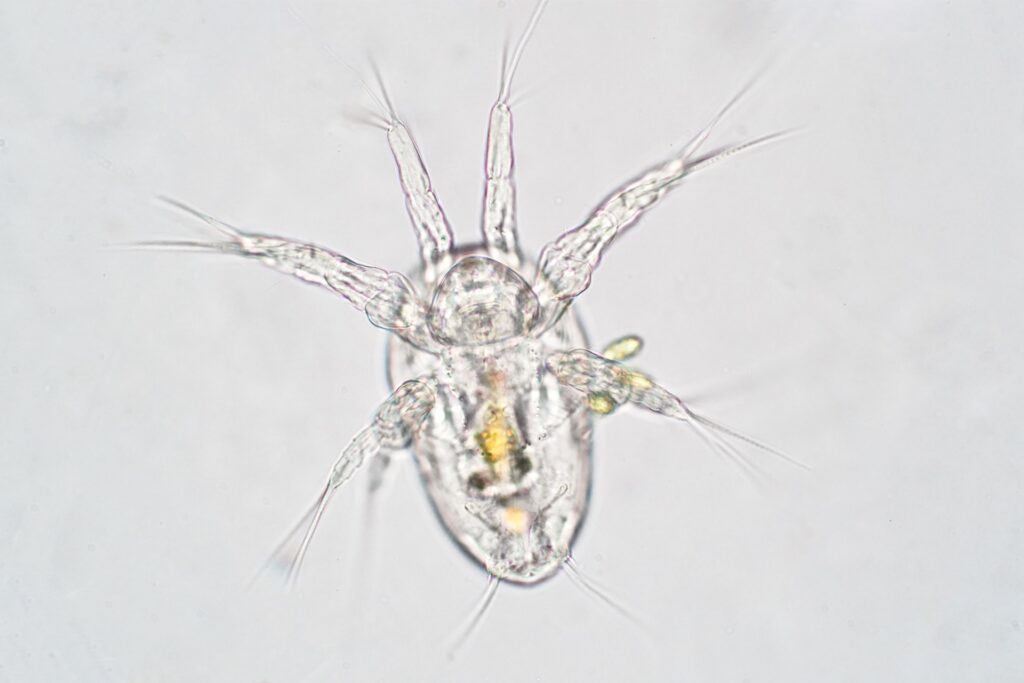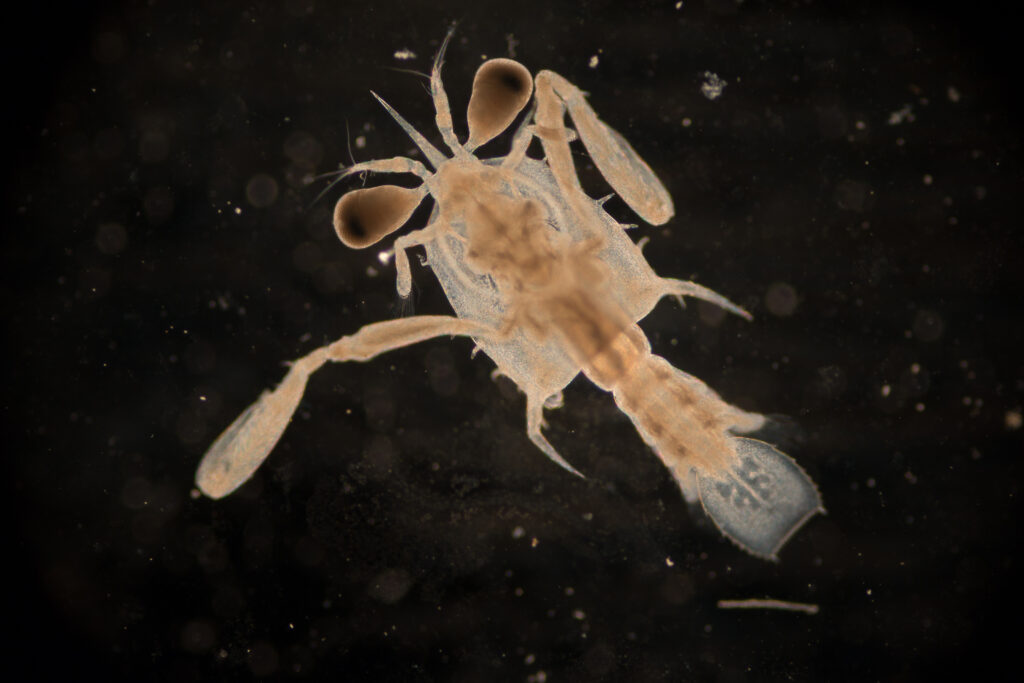As many of our supporters know, the Butterfly House and Insectarium doesn’t just house insects; our collection holds a myriad of arthropods, from spiders to millipedes to centipedes and more. But every so often, I’ll wander through the museum during open hours and hear a visitor exclaim, “Wait, they have crabs?!” Yes. We have crabs. Our exhibits feature many representatives from the phylum Arthropoda, which includes all animals with an exoskeleton. But as I’ve told many a perplexed visitor, the Missoula Butterfly House and Arthropodarium doesn’t roll off the tongue the same way.
Our newest crustacean ambassadors are a festive, colorful species from the central Pacific coast, ranging from Mexico to Panama. They go by several common names: red land crab, whitespot crab, moon crab, mouthless crab, and harlequin land crab; but my personal favorite and most common name is the Halloween crab. Halloween crabs are not often seen on the beach, despite the intertidal zone being where you would expect to find a crab. Instead, they live inland, beyond the tide’s reach in the dense mangrove forests that creep up to the sandy shores. Halloween crabs act as essential ecosystem engineers—their burrows, which can reach five feet deep, help soil turnover and aeration. As scavengers, they eat leaf litter, seeds, and seedlings, occasionally stashing their food deep in their burrow. The seeds that go uneaten eventually sprout and spawn new life in their densely forested coastal home. Not only are they excellent engineers, but horticulturists as well.
Mangrove forests dominate the shoreline that the Halloween crab calls home. These unique coastal forests are critical to the health of intertidal organisms as well as the plants and animals that live inland. As their leaves fall and decay, they provide a nutritious feeding ground for scavenging animals like the Halloween crab. Their extensive roots filter out nitrates and phosphates from streams and groundwater before they reach the ocean. Additionally, their roots prevent soil erosion and create a buffer zone that protects inland ecosystems from wind and wave damage.


All true crabs undergo a unique transformation during their lives. Despite being terrestrial (land) crabs, Halloween crabs return to the sea to breed and disperse their eggs. When the eggs hatch, the organism that emerges is not the miniature crab that we might imagine. Instead, their larvae are a type of free-swimming zooplankton called a nauplius. Naupilli look wildly different from their adult form and are exceptionally tricky to identify (much like the larval stage of many insects). They hatch in the ocean and continue growing in the water column until they reach an intermediate, post-larval stage called a megalopa. At this stage, the young crab returns to the shore to venture inland, where they molt into the “crab” form we are most familiar with.
Our Halloween crabs will take over the Species Spotlight exhibit next week, so be sure to come in and visit these brilliant, charismatic crabs!